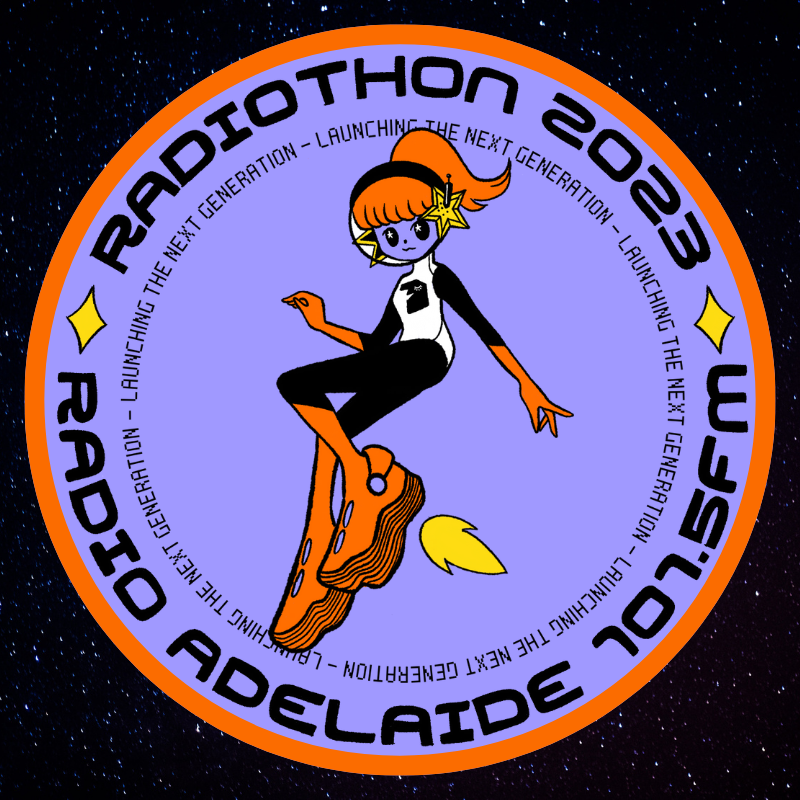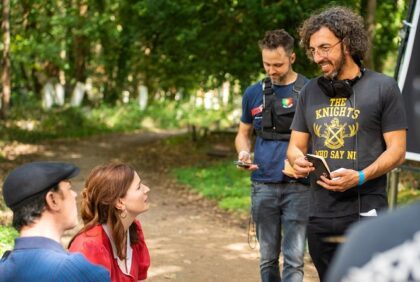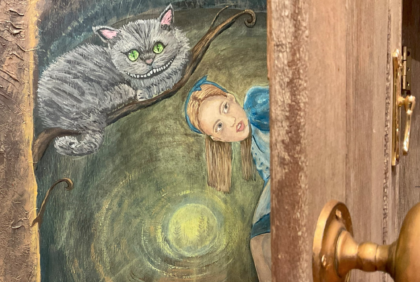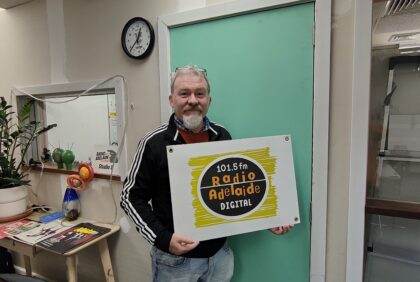Ghost Signs Alive with Message and Meaning
Posted on: Fri 18 Nov 2022

You may have observed a few Adelaide buildings layered with old paint and weathered lettering, or perhaps you’ve noticed the nostalgic feel of obsolete branding emanating from their brickwork.
A far cry from the motions of today’s digital advertising, businesses formerly used hand-painted adverts on walls, shop faces and billboards to draw consumers to their products. As these more conventional advertising methods have slowly faded, so too have many of these signs. Now popularly termed ‘ghost signs’, the abandoned remnants of these adverts continue to add a certain spooky allure to the backdrop of many regional and urban landscapes.
From their portrayal of ‘hipster fonts’, decades-old household staples and cultural reference, ghost signs are swiftly attracting both urban exploration and sign-hunting communities with their aged appeal. Despite harbouring less than other nations and Australian states, Adelaide makes a unique contribution to the ghost sign phenomenon. Areas like Bowden, Mile End and Port Adelaide remain ripe with history, factories and old signage, presenting a glimpse into a past lifetime through this decaying print.
Although worn by time, ghost signs offer more than a call to bygone eras, and have since become recognised as powerful markers of culture, place and change.
Melbourne-based academic, ghost sign enthusiast, and former SA resident, Dr Stefan Schutt has been following the trend for many years, documenting it on social media and also his blog. Dr Schutt joined Festival City’s Emma Wotzke to share more about ghost signs: what they reveal about history and identity of place, their preservation and removal, and also his experience rediscovering Adelaide through the lens of a ghost sign network.
Produced by Emma Wotzke
Interview originally aired 31st October 2022
Image: Jansen Quality Furs, Fifth street and Drayton street, Bowden – Emma Wotzke














